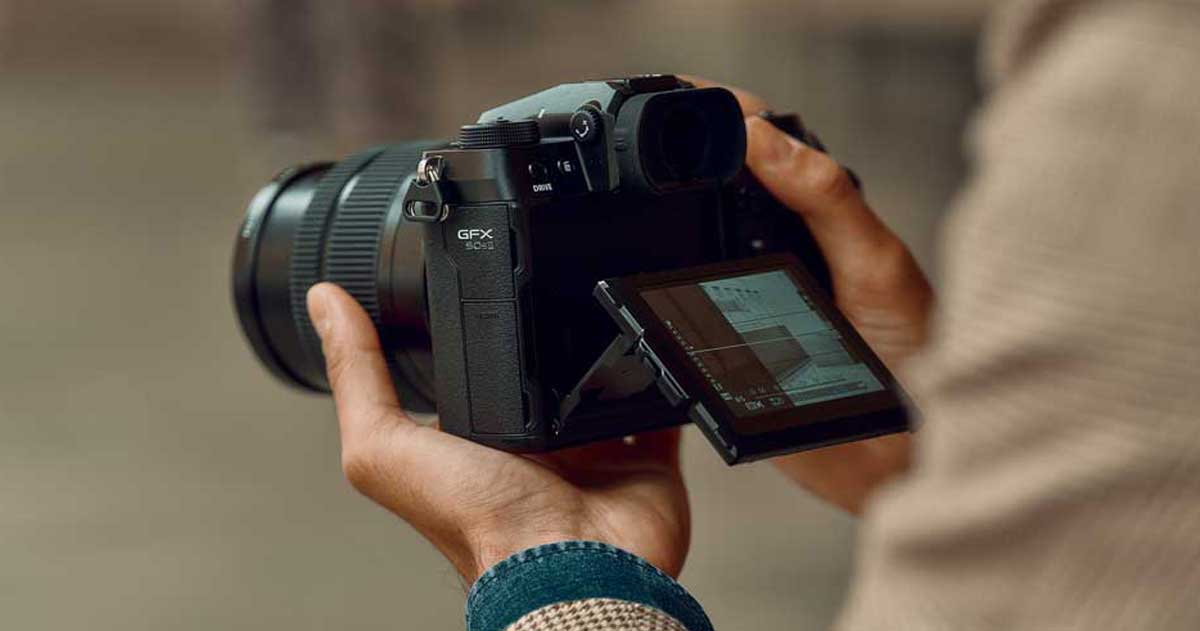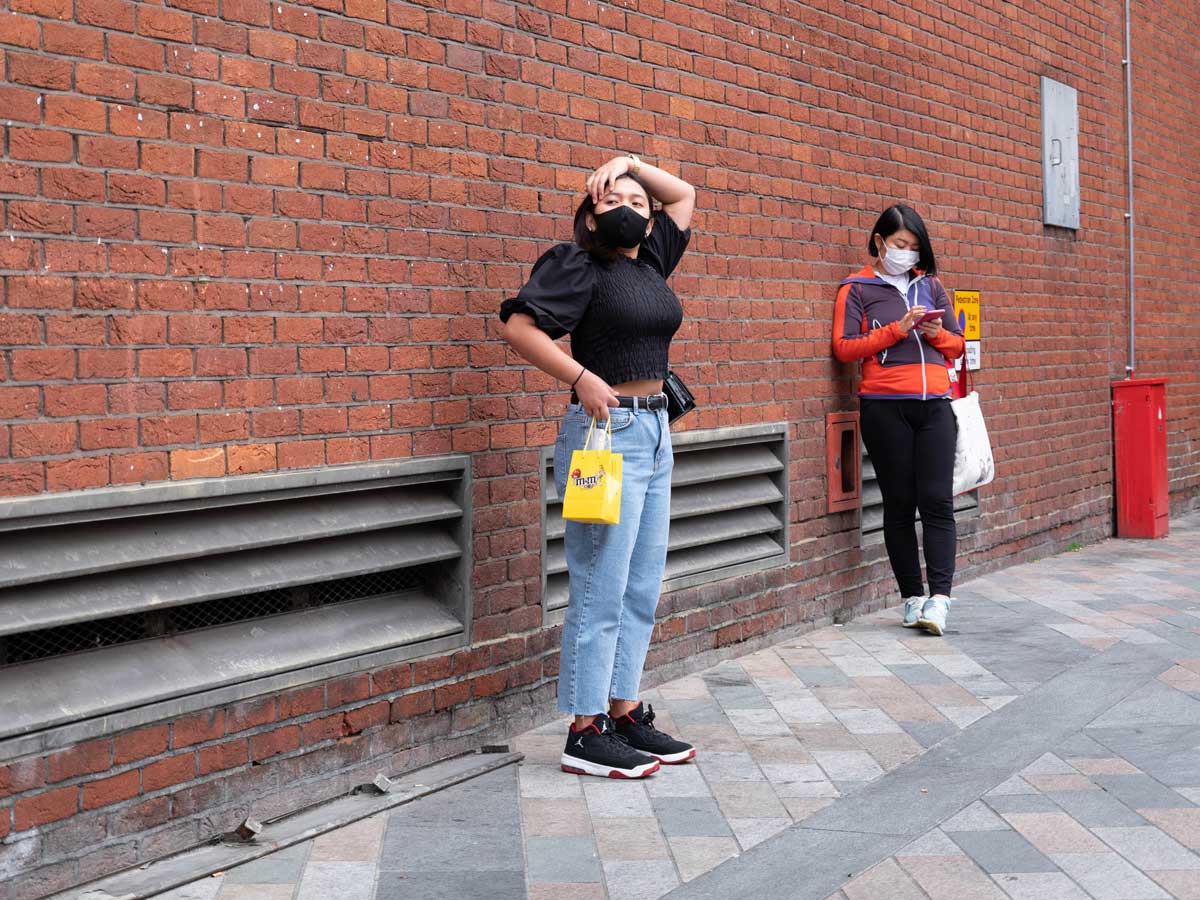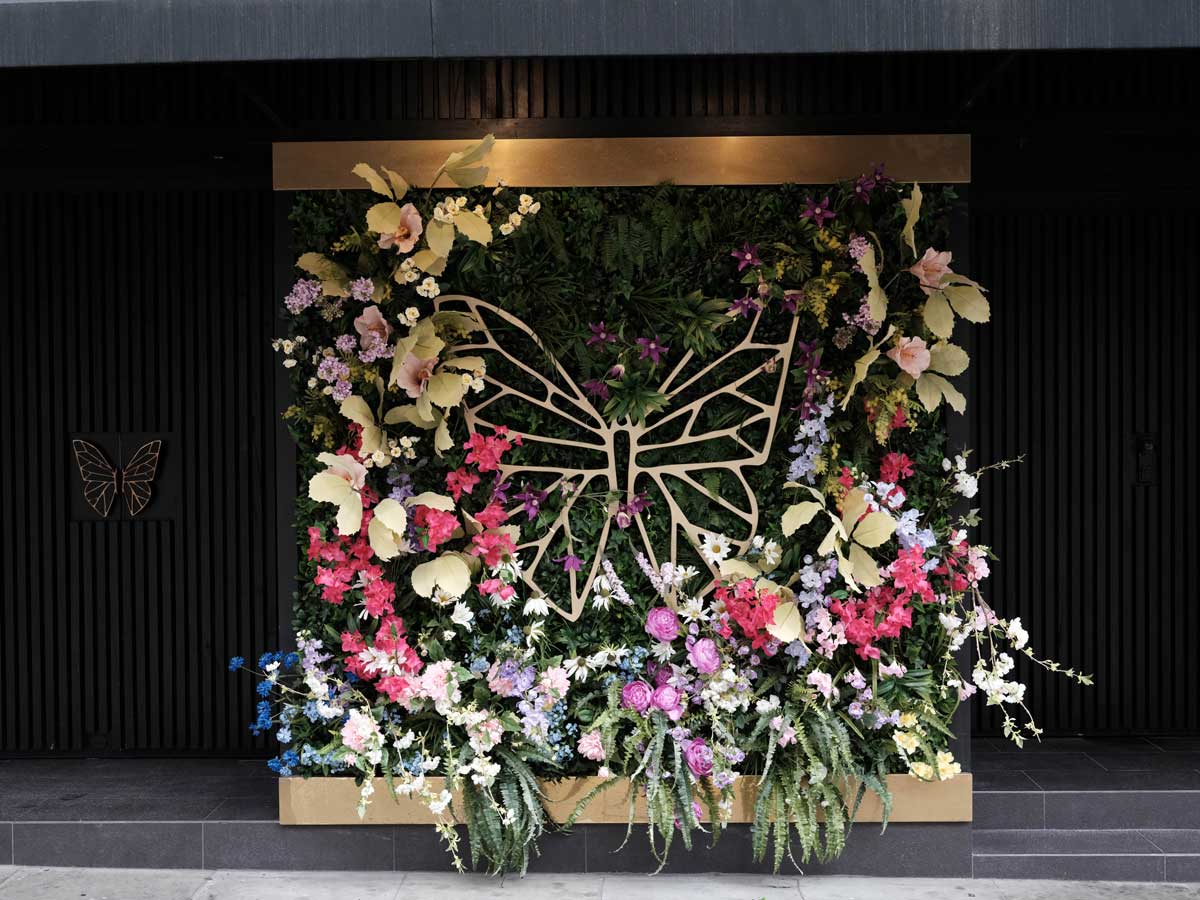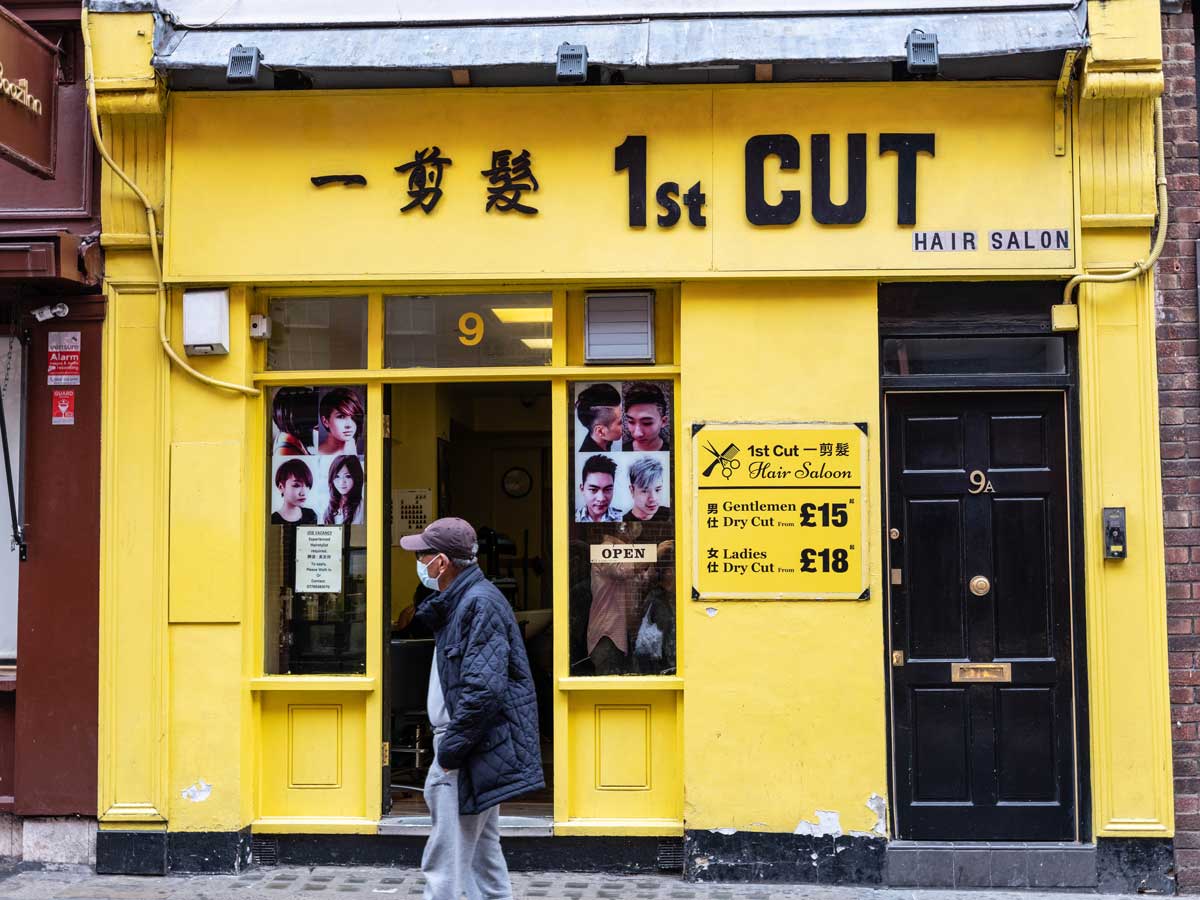
Hands On: Fujifilm GFX 50S II
Posted on Sep 2, 2021
PN editor Will Cheung lays his hands on the Fujifilm GFX 50S II
I picked up the GFX 50 II and immediately had that deja vu feeling. No surprise really because the GFX 50S II body is identical to that of the 100 megapixel GFX 100S, a camera I got to test earlier this year. In fact the only physical clue that the GFX 50S II is a different camera is on the left end of the body where there’s a GFX 50 II logo.
Normally, pre-launch briefings mean we can’t take the new product out into public areas. In this case the new camera looks the same as one already out on sale, so we were allowed out, and we were using final production samples.

The briefing took place at Fujifilm’s House of Photography in London’s Covent Garden so I headed for Chinatown with the camera fitted with the GF 35-70mm f/4.5-5.6 WR.
You can’t learn that much about a camera in 30 minutes, which is roughly the amount of time using the GFX 50S II, but it was certainly enough to get a good impression. With time precious I kept it simple: aperture-priority AE, single point AF, multi-zone metering and ISO 400 to start with to keep shutter speeds high on a flat, grey afternoon.
First thing to say is how light and portable the combination is. Yes, it is medium-format so of course it is a large camera but it’s not at all unwieldy and similar to a full-frame DSLR. The GF 35-70mm lens retracts when not in use and grows a little when extended ready for use. Its focal length range in 35mm format terms is 28-55mm so perfect as a walkaround lens although its maximum aperture is modest. The lens does not have an aperture ring so the f/stop is controlled from the body.
Good sized controls including the exposure mode dial, input wheels plus the sizable top-plate LCD info panel and tilting touch monitor meant handling was lovely.

Touch the shutter release and viewing image snapped into focus quickly, accurately and silently. The GFX 50S II has a new contrast-detect AF system but no phase detect. Nevertheless, and without doing a side by side comparison, my gut was telling me that the new camera’s autofocusing was significantly quicker and more responsive than the original camera. AF speed is helped by selecting the Rapid Focus menu item and this does make a difference to speed but by how much and whether this mode impacts on battery life I don’t know at this time.
A full push of the shutter release all the way down and you are rewarded with a quiet low vibration shutter release. It is impressively soft bearing in mind the larger sensor area. The GFX 50S II does have an in-body image stabiliser with a 6.5EV benefit. I did shots down to 1sec just to see how it performed and I consistently got pinsharp shots at 0.5sec.
The images here are a mix of Raws processed in Lightroom to my taste and out of camera JPEGs, shot with a selection of Film simulation modes. See the captions for details.






After a short time with the camera, I have to say I’m impressed, and not just with the camera and how it works but also the kit lens that made a great companion. Looking at the images on my 32in screen at home showed how sharp and clean the test shots were, even those exposed at ISO 3200 and above. This was hardly a revelation because I know the sensor very well but it is still good to see actual results large.
I appreciate that medium-format photography is not for everyone and this has always been the case, but if working with larger files appeals then the GFX 50S II holds a huge amount of promise and I’m looking forward to testing it fully in a future PN.
Click here to find out more about the GFX 50S II.
Don’t forget to sign up to receive our newsletter below, and get notified about the new issue, exclusive offers and competitions.
Have you heard The Photography News Podcast? Tune in for news, techniques, advice and much more! Click here to listen for free.







